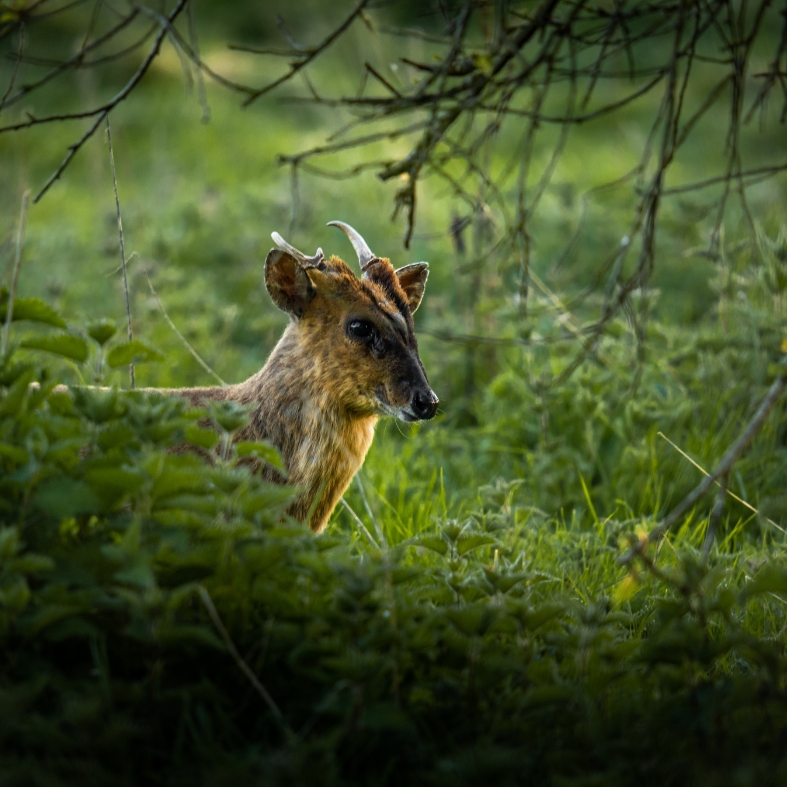
Why are nutrient cycles important to deer and gamebird management?
What are nutrient cycles and why are they important to deer and gamebird management? Dr Cat McNicol explains.
Get information on the legal shooting season for mammals and birds in the UK.
Apply for funding for your project or make a donation today
Comprehensive information and advice from our specialist firearms team.
Everything you need to know about shotgun, rifle and airgun ammunition.
Find our up-to-date information, advice and links to government resources.
Everything you need to know on firearms law and licensing.
All the latest news and advice on general licences and how they affect you.
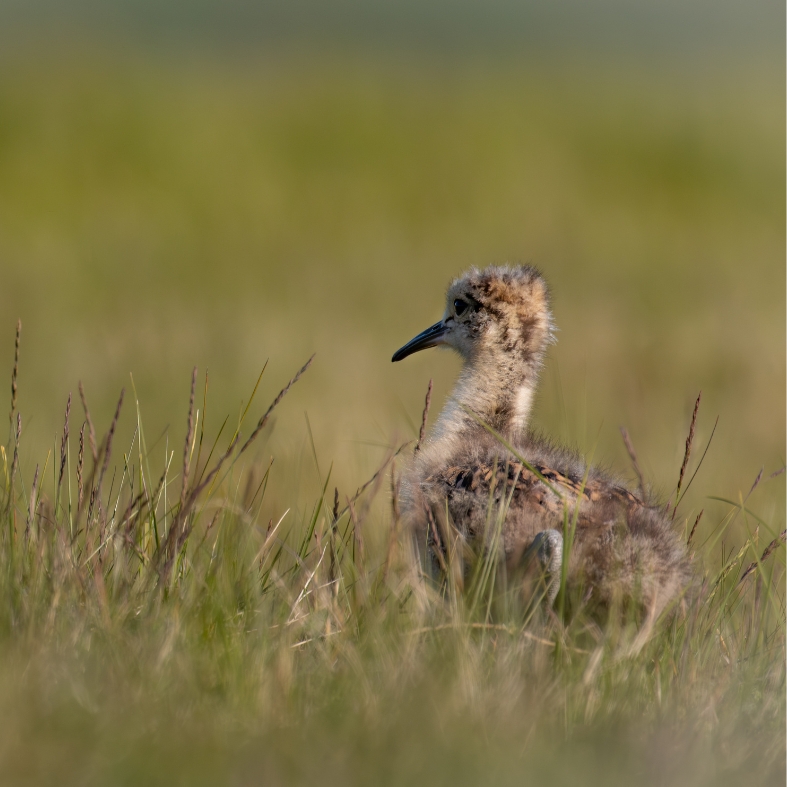

In the UK and Europe there’s increasing concern about many breeding birds that have undergone sharp population declines. Sophie Stafford discusses the underlying issues behind the changes.
The plight of breeding birds in the UK and in Europe is a troubling one. The declines observed are due to multiple interacting factors, including habitat loss, agricultural intensification, climate change, and predation pressure.
Addressing the problem is complex and requires continuous research as well as effective habitat management tools and predator control strategies.
But the secret to lasting conservation success isn’t just research and strategy; it’s the essential but difficult establishment of trust and cooperation among stakeholders. Researchers, regulators, policy makers, conservationists, land managers, farmers, and the shooting community each play a unique role in the conservation landscape. Meaningful and transparent collaboration among these groups is essential to tackle these significant conservation challenges.
Recent research has shed light on the importance of cooperation and trust in achieving effective conservation management and outcomes in the UK and Europe. Below, we explore some key findings on the need for habitat and predator management, the importance of landscape-scale approaches, and how building trust and cooperation can move conservation forward.
A recent study by McMahon et al. titled The decline of ground nesting birds in Europe: Do we need to manage predation in addition to habitat? highlights the complex factors behind ground-nesting bird decline across Europe, exploring how predation and habitat changes interact to affect these vulnerable species. They found that ground-nesting birds are 86 per cent more likely to decline than species with other nesting strategies, such as tree or burrow nesters.
This is largely because these birds are highly vulnerable to disturbances, whether from agricultural practices, human presence, or predation by generalist predators such as foxes, crows, magpies, American mink and badgers. Such species thrive in diverse landscapes and can readily prey on these birds. This can be a particular issue, hindering recovery, where ground-nesting bird densities are already low.
The study also found that birds breeding in agricultural areas are especially vulnerable, with high avian predator densities in intensively farmed areas compounding the risk. Managing predator populations, through carefully regulated means, can therefore be an important tool for protecting ground-nesting birds.
However, predator control remains a sensitive issue. Animal welfare concerns and questions about broader ecological impacts and the levels of regulation necessary often create friction between stakeholders. This is where trust and cooperation between stakeholders with varying expertise and opinions becomes critical.
Effective conservation requires shared understanding, balanced perspectives, and mutual trust among all stakeholders involved in developing and carrying out conservation goals.
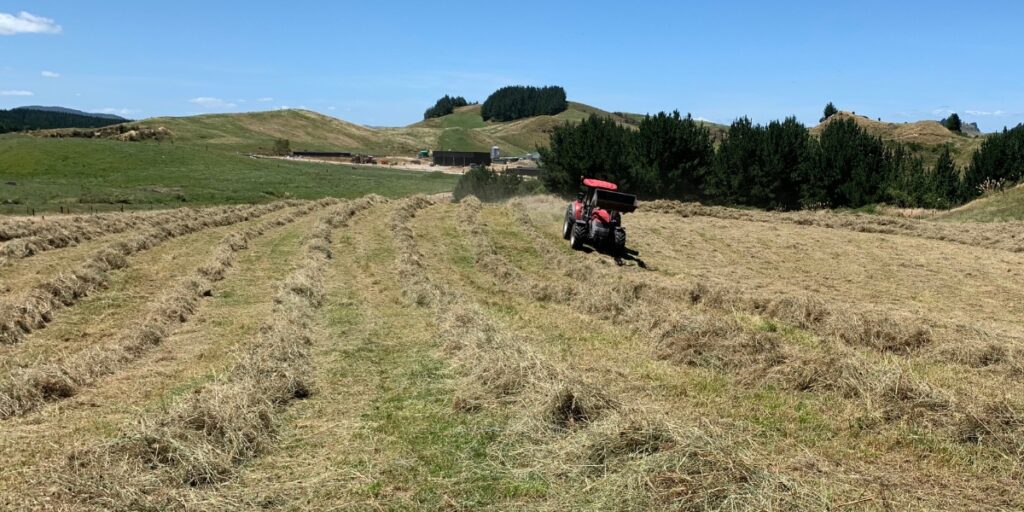
England’s conservation landscape is also evolving with new Environmental Land Management schemes (ELMs), that aim to deliver broader benefits for biodiversity and habitat restoration by shifting the focus towards coordinated, landscape-scale conservation efforts.
However, the first challenge lies in uniting a diverse group of stakeholders—researchers, regulators, policy makers, farmers, landholders, conservationists, and members of the shooting community. All of these bring unique values, needs, and perspectives.
A recent study titled Opportunities for achieving landscape scale conservation in England used Q-methodology (a method used to research subjective opinions, values or beliefs) to categorise five distinct collaborator-types among landholders. These ranged from “Traditional Farmers” and “Social Farmers” to “Modern Collaborators” and “Pragmatic Collaborators.”
What’s interesting is that while each group has its own focus or priority, all recognise the importance of building trust and open communication with conservation organisations. This shared value highlights the potential for more cooperative approaches to conservation projects in the future, if policies and initiatives can align the interests of stakeholders with diverse backgrounds and opinions.
A consistent finding across these studies is the importance of trust and mutual understanding between stakeholders in achieving long-term conservation goals. This instils a greater willingness to collaborate, share resources, and adopt practices that benefit both the landscape and its wildlife.
The decline of ground-nesting birds across Europe requires a blend of habitat management, sustainable predator control, and most importantly, a collaborative approach. By fostering trusting working relationships between stakeholders, it will be possible to create an environment where diverse landholders feel empowered to work together.
This collaborative approach not only strengthens conservation efforts but also aligns with broader goals of sustainable land use and biodiversity protection across the English landscape. Embracing a shared approach based on trust, cooperation, and commitment to healthy ecosystems is essential to the future of conservation in the UK.
Some key elements the researchers identified to improve stakeholder collaborations include:
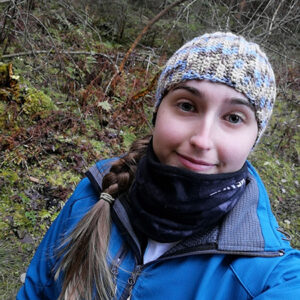

What are nutrient cycles and why are they important to deer and gamebird management? Dr Cat McNicol explains.
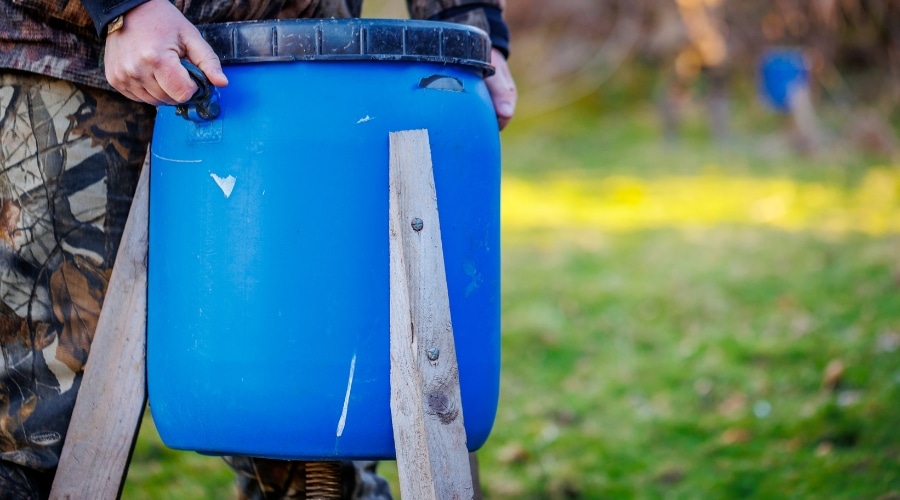
Changes to an interim gamebird release licence in England could throw shoots into turmoil, risking jobs, businesses and conservation projects.
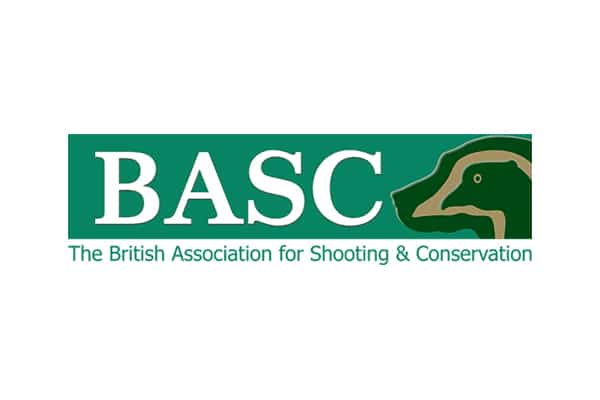
The 2014 general licences for Wales, which give legal authority for the control of pest bird species such as pigeons and crows, have been published by the UK’s largest shooting organisation, the British Association for Shooting and Conservation (BASC) after technical problems delayed their publication by Natural Resources Wales.